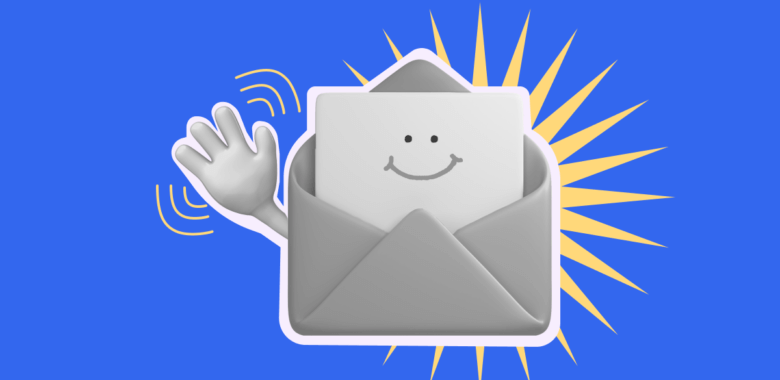Dear [Name]
Of all the greetings, “Dear” remains a classic choice for formal emails and initial contacts. This email opener conveys a sense of respect and formality and is best suited for situations that require a traditional approach. For instance, this would be appropriate in a conversation with lawyers or bank authorities.
Good morning / afternoon / evening
Framing your email in the context of the day sets a tone of timeliness. This greeting is suitable when you have a clear understanding of the recipient’s time zone and habits, as it can be off-putting if your timing is inaccurate.
However, when used correctly, these greetings can help you establish a connection with the recipient because that small detail will show your personalized approach to the conversation.
Greetings
Simple and non-specific yet not casual, a general “Greetings” can be used when you want to keep your greeting professional but don’t have a personal relationship or are emailing a group of people. It is also an appropriate choice when you don’t know the recipient’s name.
Hi there
A casual and warm greeting, “Hi there” can be effective when writing a more relaxed email, such as a follow-up or when you’re already acquainted with the recipient.
To [Name]
While not a conventional greeting, “To [Name]” can be a clever way to start an email that is personalized or directive. It subtly suggests that the email was crafted with the recipient in mind and that the matter is particularly important.






![A cold email starting with “Hi [Name]”]](https://selzy.com/en/blog/wp-content/uploads/2024/04/5-4.png)








